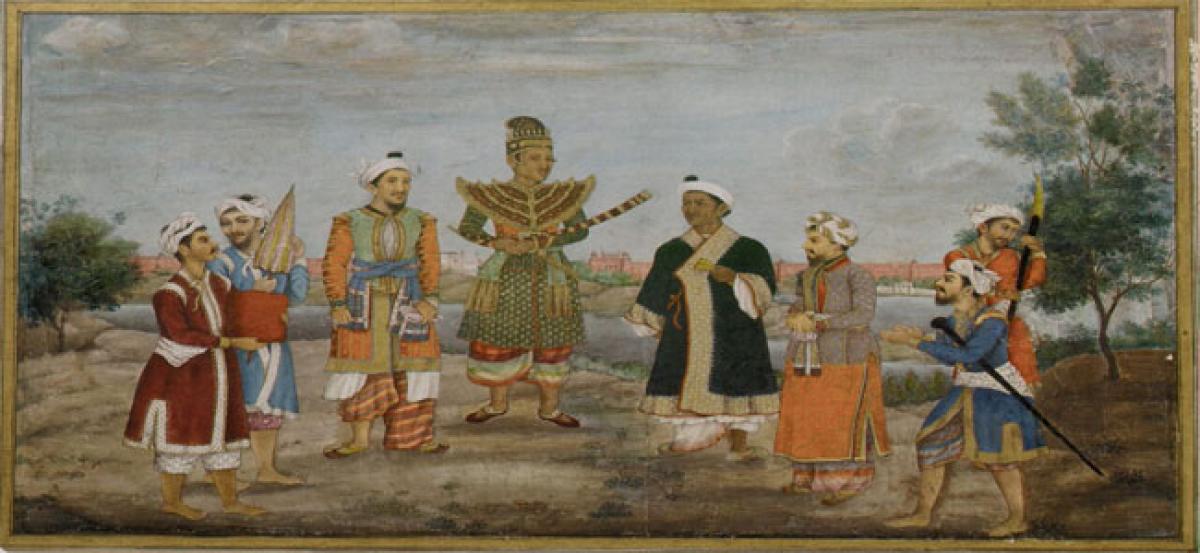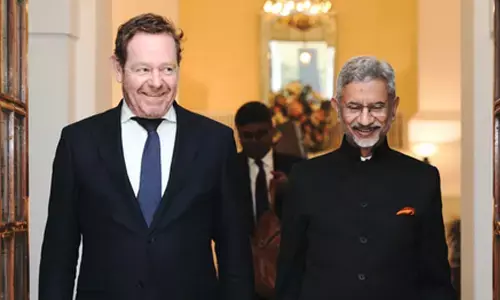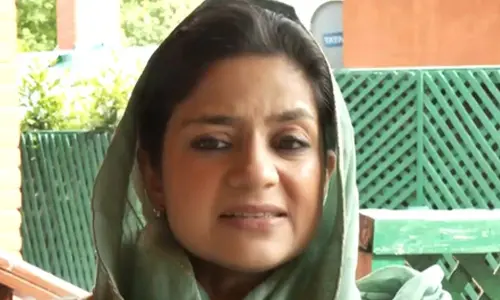Visual history of 18th century India from British artists’ viewpoint

British views of 18th century India were mixed -- some disparaging, some respectful of Indian culture -- but their artists appear to have been curiously uniform in their paintings. There is a lack of detail in Indian faces, and most are depicted a stereotyped black.
New Delhi: British views of 18th century India were mixed -- some disparaging, some respectful of Indian culture -- but their artists appear to have been curiously uniform in their paintings. There is a lack of detail in Indian faces, and most are depicted a stereotyped black.
That is the impression one gets while leafing through historian John McAleer's "Picturing India" (Niyogi Books/Rs 2,495/pp 217) -- a visual book that brings alive the British view of India through paintings by artists and travellers William Hodges, Jan Van Ryne and Thomas Daniell. McAleer, though, doesn't read too much into this.
"I wonder here how much this is a reflection of the artists' skills -- or lack of them," he said, adding: "Many of them were specifically landscape painters and the representation of human faces -- Indian and British -- was not their strength." According to McAleer, the British engagement with India was an "intensely visual" one.
"One of the things I wanted to do with the book was to make the work of these artists -- with all of their flaws -- more visible and widely known in the West. They presented a picture of India at a crucial time and their work deserves more notice in the West," McAleer told IANS in an e-mail interview.
As a historian of the British Empire, and the East India Company in particular, McAleer spent a lot of time in the "Asian and African Studies Reading Room" on the fifth floor of the British Library in London.
"The walls there are adorned with some magnificent paintings -- many of which used to hang in the headquarters of the East India Company in Leadenhall Street in London -- and it struck me that it would be an interesting project to assess the history of the East India Company's engagement with India through visual records as much as through textual ones," he said.
The vast majority of the images in the book, he said, are drawn from the British Library's collection -- effectively, the former collection of the East India Company.
"I was keen to tell this story -- the story of the Company's visual engagement with India, its people and places. While I could have ranged more broadly and tried to present a more comprehensive picture, I felt that this approach made more sense."
During the British rule in India, a good number of orientalist paintings were created depicting an exotic and, therefore, racialised, feminised, and often sexualised culture, but McAleer felt that it was better to think of British views of India in the plural.
"Even within the East India Company, and among the artists whose work appears in the book, there were many different, often conflicting, views and opinions."
"The Europeans who painted and commissioned these works held many different views of India... there is no doubt that some people, including some of the artists and their patrons discussed in the book, were disparaging of Indian culture," he said.
"And there were certainly negative views among some Company officials and servants based on fear, ignorance and prejudice. Having said that, there were other artists and Company officials who were intensely interested in, and respectful of, Indian culture," he added.
The best part of this process, he said, was selecting the images and thinking about how "to weave them together, to make a convincing narrative for an interested reader". "It's also rather nice to talk to interested people about the book," he said.
By Mudita Girotra
















